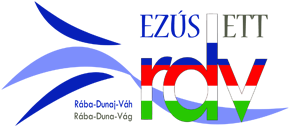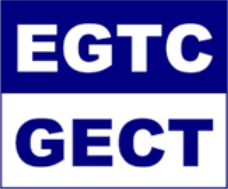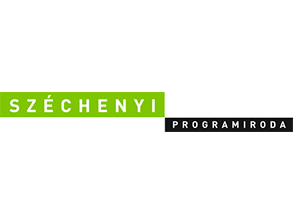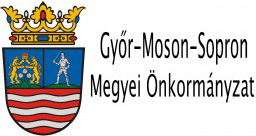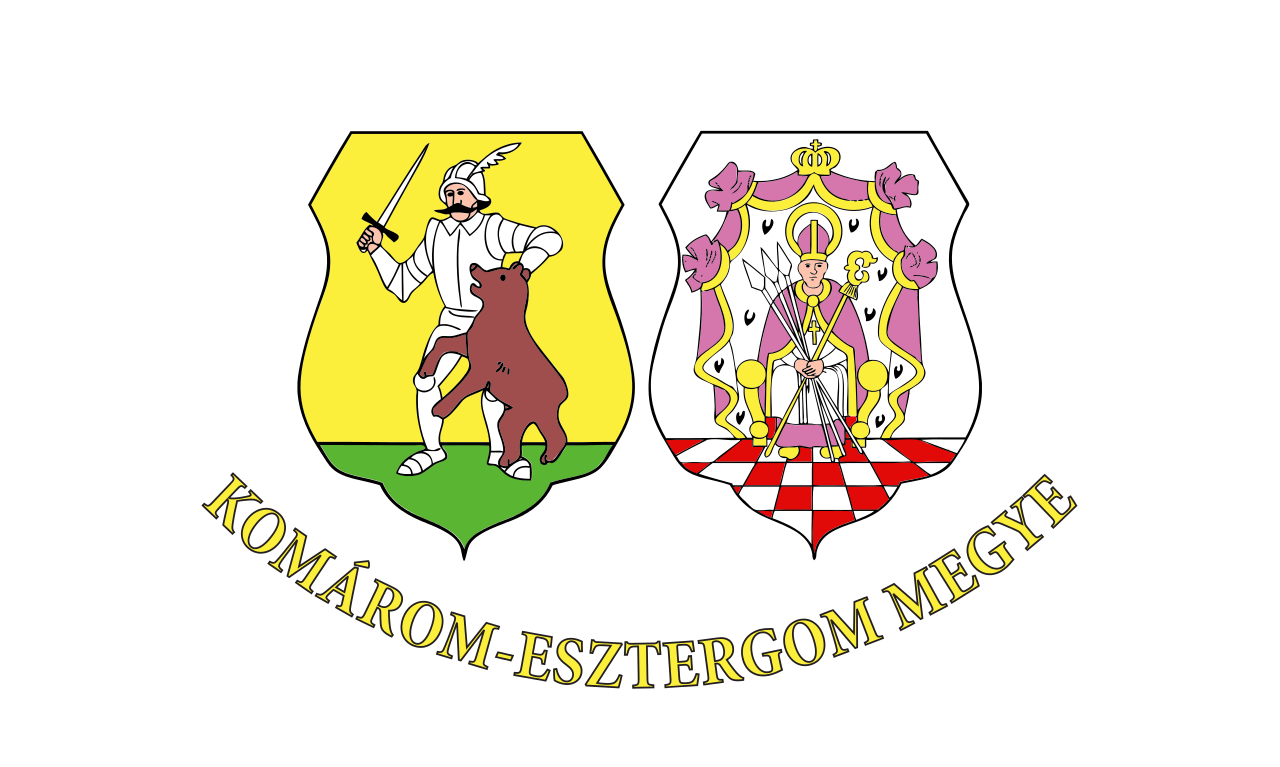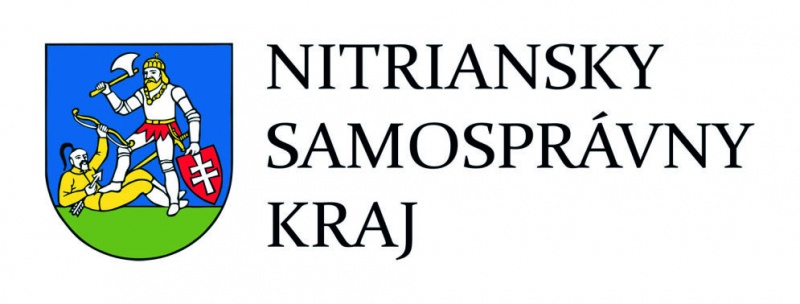Győr-Moson-Sopron County
The county with an area of 4208 km2 and the population of 450 000 is located in north-western Hungary; the territory of the Transdanubian Mountains, foothills of the Alps and the Little Plain. It is bordered on the north by the Danube and Slovakia, on the west by Austria, on the east by Komárom-Esztergom County, on the south Veszprém, and on the southwest by Vas County. Győr is the most important city of northwest Hungary. The two most important micro-regions are Győr-Hegyeshalom and the Győr-Sopron line – all the towns of the county are located there, creating a vibrant economic environment.
The region’s most significant rivers are the Danube, the Rába and the Rábca. The important traffic routes of the territory are the Budapest-Vienna railway line, the M1 motorway or the Danube waterway.
The territory of the county has been inhabited since the prehistoric times. The well-known amber road, which had significance as a trade route was stretching through the county as well as the limes protecting Pannonia in the era of the Roman Empire situated in this territory. The county existing today was formed by the merger of Győr-Moson and Sopron (Győr-Sopron County) in 1950. The county was given its current name in 1990, and later 11 more settlements joined the territory in three waves. Today, it is the only county in Hungary with increasing population rate.
The main tourist attractions of the region are the historical monuments and downtowns, baroque churches and castles. The most interesting sights of the region are the Eszterházy Castle in Fertőd, the Széchenyi Castle in Nagycenk, the Benedictine Archabbey of Pannonhalma, the Fertő-Hanság National Park, the Mosonmagyaróvár Castle or the Episcopal Cathedral in Győr. In addtion to the county’s historical and natural heritage, the visitors are attracted by countless number of cultural and leisure activities. The smaller villages attract the tourists with kind Hungarian village hospitality.
The region is famous for its gastronomic and wine culture. The first written data of „historical“ viticulture dates back to the founding charter of Pannonhalma Archabbey. Wine has a significant importance in the life of Sopron; András III patented the right to trade wine in 1297. In 1333, Károly Róbert ordered the land agents „not to harass the citizens of Sopron while transporting wine“. It might be a reason why so many visitors come to the region annually, visiting wine competitions, wine cellars and harvest parties.
In addition to tourism, industry plays a key role in the life of the county – vehicle manufacturing, chemical industry, metal processing and production of electronic equipments. The county is a home of large and dominant companies e.g. Rába Futómű in Győr, Heineken Hungária (brewery), Provertha in Sopron, Interfa (furniture producer), Bos Automotive Products in Mosonszolnok, SMR Automotive Mirror Technology Hungary in Mosonmagyaróvár. Approximately, 100 Hungarian or multinational companies are operating in the industrial park of Győr. The most dominant companies of the industrial park are Audi Hungária (manufacturer or road vehicles and vehicle engines), E.O.N North Transdanubia Electricity Service Ltd., Coca-Cola HBC Hungary, Győri Keksz (cereals).
The crop production of the region is characterized by corn, wheat, sunflower, potato, rapeseed, alfalfa and sugar beet. The oilseeds providing raw material for biodiesel production have also gained significance. As for livestock farming, the most common live stocks are cows, turkey, chicken and pig.
The region also plays important role due to its geographical location – Hegyeshalom handles the busiest border traffic between Western Europe and Hungary.
